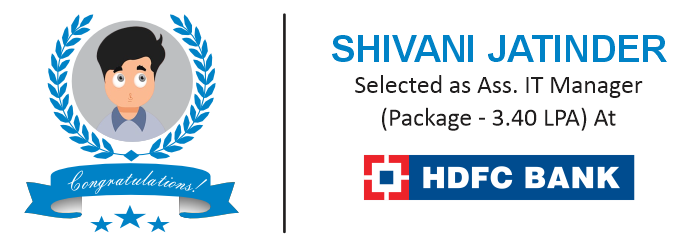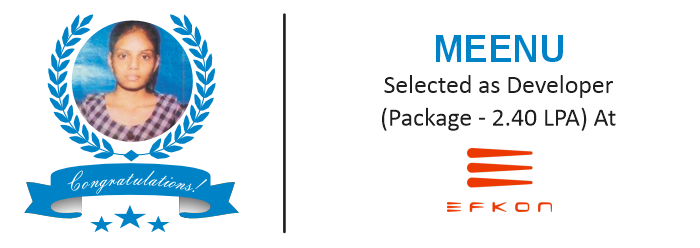Enquiry For Demo
Full Stack Java Certification
Boost up Program for Mastermind & Growth Hack
#1 Full Stack Java Development

Full Stack Development with Java Technology
An IT Industry Readiness Program for B.Tech. (CS/IT) Branch, BCA & MCA, Polytechnic, ITI and Graduation Students
A Full Stack Java Course typically refers to a comprehensive learning program designed to teach you how to develop both the front-end and back-end components of a web application using Java and related technologies. This course is aimed at individuals who want to become proficient in building end-to-end applications, from the user interface to the database.
Full Stack Developer Salary Range in India -
A full-stack developer must be able to handle all the components of a stack to ensure they work together efficiently. Since a full-stack developer needs a variety of skills, they are in high demand and are one of the most well-paid professionals today.
Key Features:
Comprehensive Skillset
Increased Employability
Middleware Integration
Higher Earning Potential
Fast-Track Your Career
Global Recognition
Networking Opportunities
Future-Proof Career
End-to-End Career Assistance
Comprehensive Career Support to Help You Shine
Upgrade and polish resumes to make them stand out to potential employers.
Learn From digital marketing industry experts with real-world experience.
Develop presentation skills and refine projects with constructive feedback from peers and instructors.
Dedicated Assistance to help figure out the right step for your career.
We ensure each student receives focused as we teach them key concepts
Comprehensive Guidance to master interview skills & land your dream job.
Engage with expert from leading brand & agencies through nteractive Q&A sessions.


Be in the spotlight by getting certified!
Industry-Recognized Certificate
Aonsectetur adipiscing elit Aenean scelerisque augue vitae consequat Juisque eget congue velit in cursus leo
Stand Out in Job Market
Hammer out we need to socialize the comms with the wider stakeholder community exposing new ways to evolve
Your Passport to Career Growth
Focus on the customer journey we need to socialize the comms with the wider stakeholder community upsell window-licker

Offline
Online
Recorded
Total Program Fee:
₹30,500 ₹25,500
- Live instruction from Industry Veterans
- Vibrant community just like a College Campus
- Hands-on curriculum with Real-Life Projects
 Apply Now
Apply Now
Most Popular Courses
Data Analytics with Machine Learning Certification

Ethical Hacking Cyber Security Certification
Video Editing Certification
This certification program provides participants with the skills and knowledge to analyze data using Microsoft Power BI
Download Syllabus




.png)













